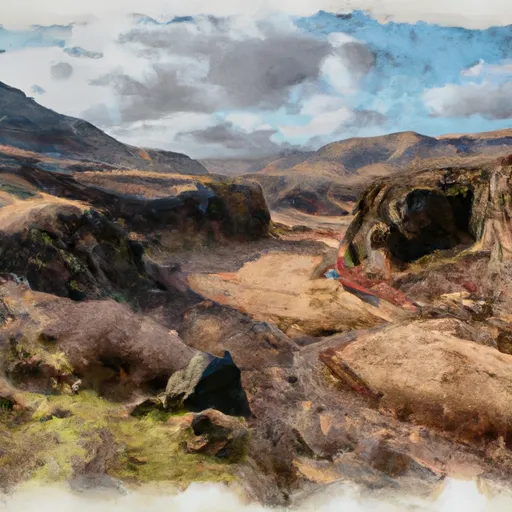°F
°F
mph
Windspeed
%
Humidity











Nyssa, Idaho is a small town located in the southwestern part of the state. It experiences a continental climate with hot summers and cold winters. Summers are typically dry with temperatures reaching the mid-90s°F, while winters are cold with temperatures dropping to the mid-20s°F.
The hydrology in Nyssa is influenced by the nearby Snake River. The river provides a water source for irrigation as well as recreational activities such as fishing and boating. The surrounding area also features several creeks and canals that contribute to the local hydrology.
Outdoor recreation opportunities in Nyssa include fishing in the Snake River and nearby lakes, hiking and camping in the Owyhee Mountains, and birdwatching in the surrounding wetlands. The area's natural beauty and ample outdoor activities make it a great destination for nature enthusiasts and adventure seekers.
Weather Forecast
Nyssa receives approximately 268mm of rain per year, with humidity levels near 77% and air temperatures averaging around 11°C. Nyssa has a plant hardyness factor of 6, meaning plants and agriculture in this region thrive during a short period during spring and early summer. Most plants will die off during the colder winter months.
Regional Streamflow Levels
71
Cubic Feet Per Second
2,910
Cubic Feet Per Second
2,890
Cubic Feet Per Second
1,310
Cubic Feet Per Second
Nearby Camping
| Camping Area | Reservations | Toilets | Showers |
|---|---|---|---|
| Succor Creek State Natural Area | |||
| Parma City Park - Old Fort Boise | |||
| Cow Hollow Park |



